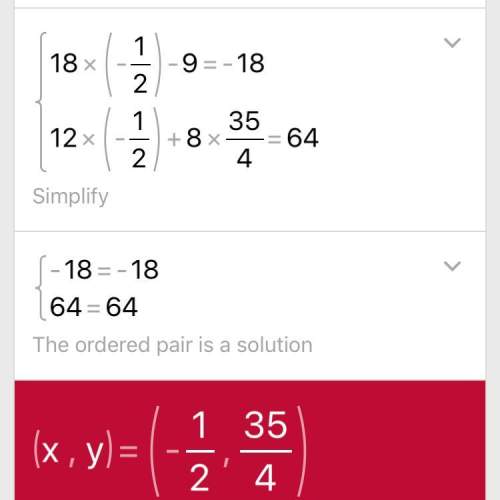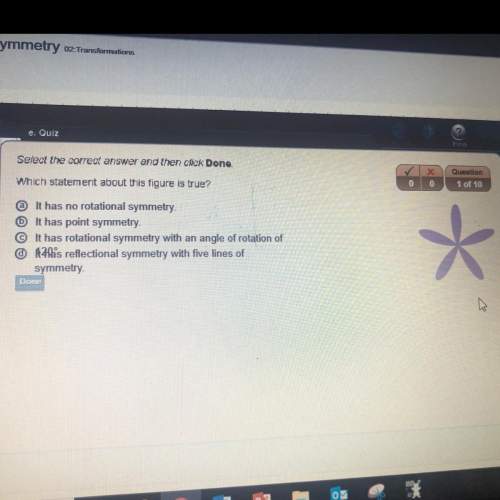
Mathematics, 15.07.2020 01:01, thebiggestbigbilly
The percentage P of doctors who prescribe a certain new medicine is P(t)= 100(1-e^-0.23t), where t is the time, in months.
Requried:
a. Find P(1) and P(6).
b. Find P'(t)
c. How many months will it take for 90% of doctors to prescribe the new medicine?
d. Discuss the meaning of the limit limt P(t).
t→[infinity]
1. The percentage of doctors prescribing the new medication will peak after approximately 4.3 years and then decline.
2. The percentage of doctors prescribing the new medication will approach but not exceed approximately 40%.
3. Eventually, all, or nearly all doctors will prescribe the medication.
4. Eventually, no, or almost no doctors will prescribe the medication.

Answers: 3
Other questions on the subject: Mathematics

Mathematics, 21.06.2019 16:00, lil8174
Which term best describes the association between variables a and b? no association a negative linear association a positive linear association a nonlinear association a scatterplot with an x axis labeled, variable a from zero to ten in increments of two and the y axis labeled, variable b from zero to one hundred forty in increments of twenty with fifteen points in a positive trend.
Answers: 3


Mathematics, 22.06.2019 00:30, deidaralove90
Which equation can be solved to find one of the missing side lengths in the triangle? cos(60o) = cos(60o) = cos(60o) = cos(60o) = mark this and return
Answers: 3

Mathematics, 22.06.2019 02:00, FaygoMango
Prove the following(cot0+cosec0)[tex](cot0 + cosec0) { }^{2} = \frac{1 + cos0}{1 - cos0} [/tex]
Answers: 1
Do you know the correct answer?
The percentage P of doctors who prescribe a certain new medicine is P(t)= 100(1-e^-0.23t), where t i...
Questions in other subjects:



History, 05.03.2020 06:55

History, 05.03.2020 06:55

Mathematics, 05.03.2020 06:55



Mathematics, 05.03.2020 06:56









